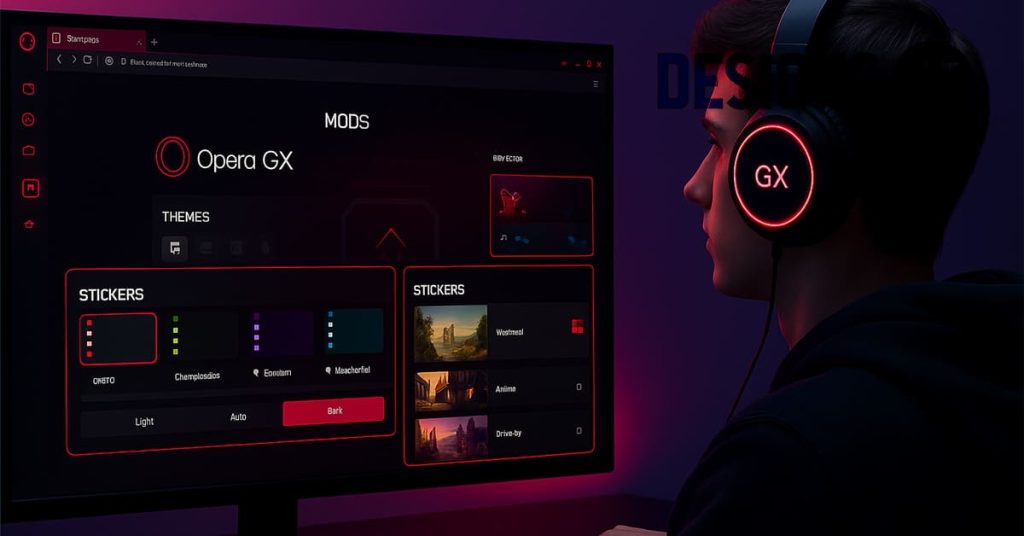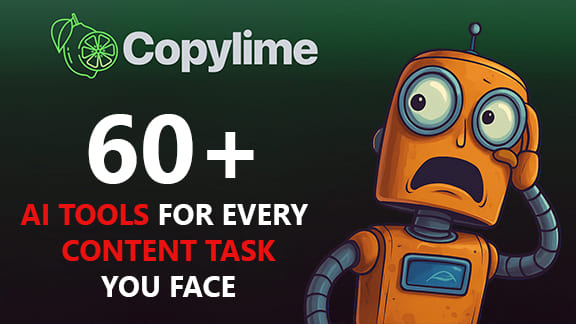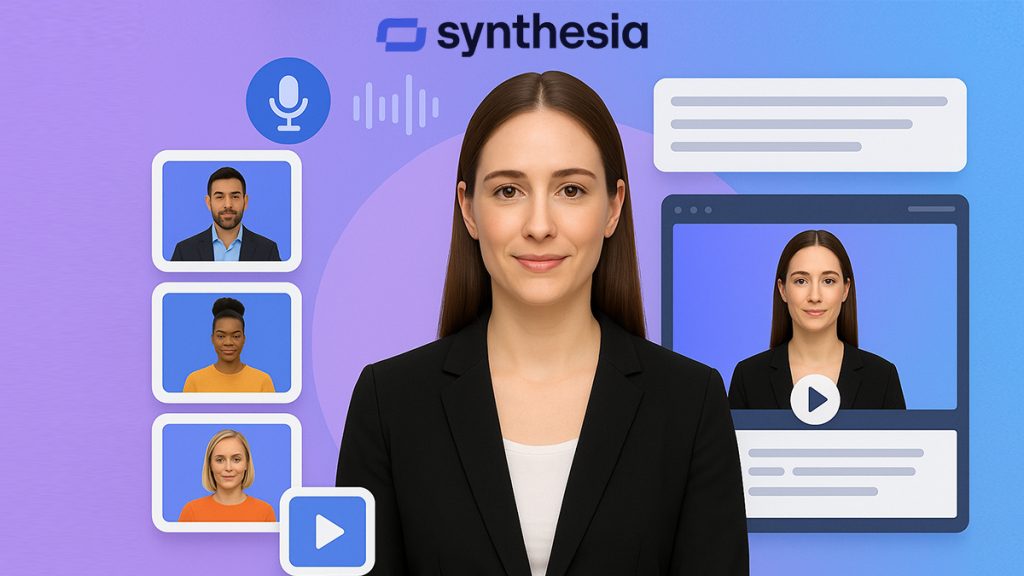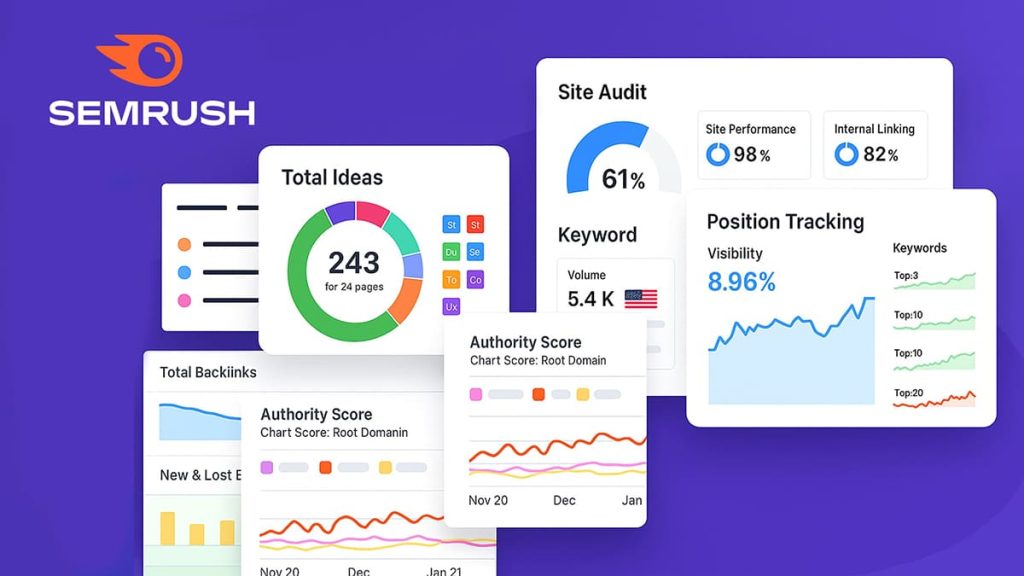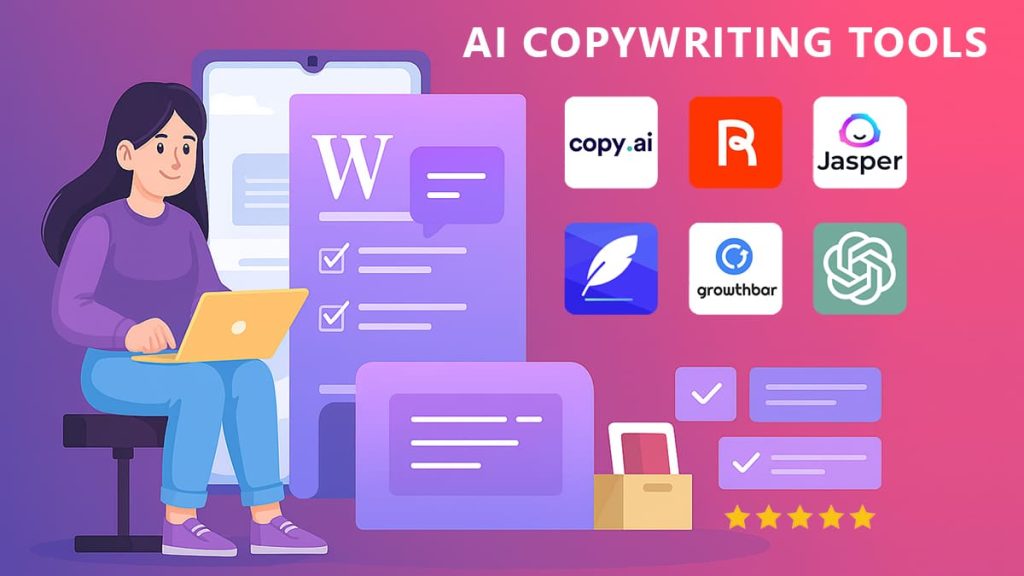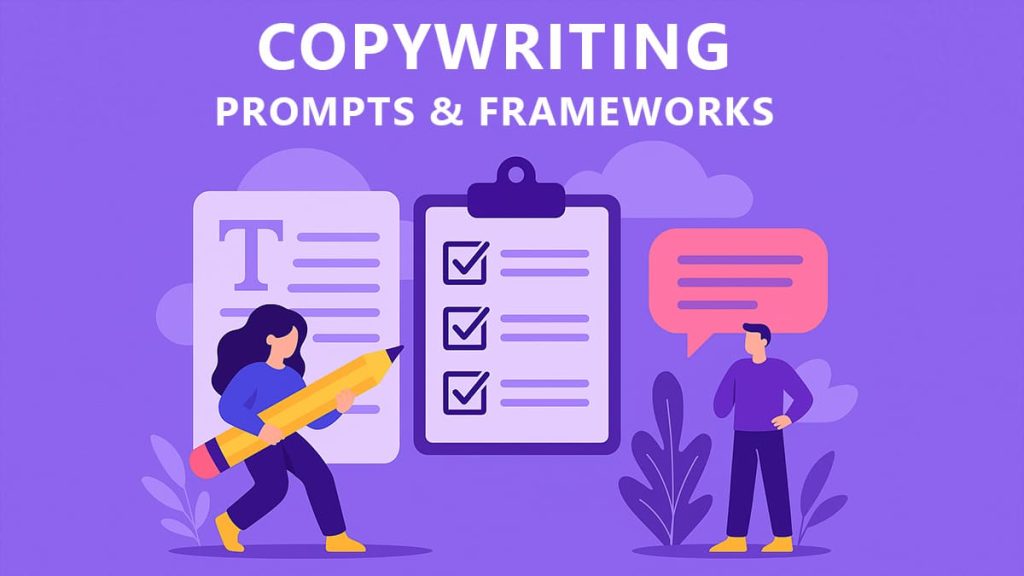I remember the frustration of weak AI prompts, staring at a generated headline that read like a grocery list in disguise. It was technically correct, but lifeless no emotion, no hook, just… words. That moment was one of many where I questioned if AI tools could ever really help with creative copy.
As someone who lives in long-form content, I’ve tested more AI copy tools than I can count. Too often, the prompts felt like checkbox templates “Insert pain point here, follow with generic solution.” The result? Outputs that lacked soul, and worse, needed almost as much rewriting as starting from scratch.
When I landed on Copylime, I wasn’t expecting anything radical. But what stood out immediately was its approach to structured prompts. Instead of forcing you into stiff templates, it hands you usable frameworks. The first time I tested its PAS prompt tool, the copy sounded like something I might have drafted myself only faster.
Inside my workflow: testing Copylime’s prompt tools
So how did Copylime hold up in the wild? I spent a full week integrating it into my writing process, particularly for short-form conversion copy the kind that often eats up more time than a blog post.
I started by selecting prompt types. Copylime offers classics like PAS (Problem-Agitate-Solve), Feature–Benefit–Outcome, Before–After–Bridge, and more. For this experiment, I wanted to test across real scenarios: product descriptions, Facebook ads, and cold emails.
The process always began with a quick brief. Let’s take their Cold Email Tool. I entered: “AI tool offering a 14-day free trial for marketing agencies.” Within seconds, I had 3 variations. And one of them? I actually used it. I sent it out to five cold leads three replied. That’s not a bad hit rate for something written by AI and tweaked in less than ten minutes.
Here’s what I ran through Copylime during the test week:
| Write a cold email offering a 14-day free trial for an AI SEO tool to marketing agencies |
| Create a product description for a wireless standing desk for freelancers |
| Generate a PAS formula for a coaching service for overwhelmed founders |
Another moment that surprised me? I tried the Feature–Benefit–Outcome prompt on a boring B2B software tool. Usually, writing for SaaS feels like dragging a fridge uphill. But Copylime’s structure nudged me to position the features more persuasively. The “outcome” part often the missing link in weak copy turned out to be the hook I needed.
Even the Product Description Tool felt more intuitive than similar tools I’ve used (like Jasper or Rytr). It delivered outputs that were almost client-ready short, structured, and logically ordered.
And to really understand what Copylime brings to the table, I took a step back and explored the full set of tools it offers. The platform isn’t just about prompts it’s a complete writing workstation. Here’s the full breakdown of what’s inside:
| Category | Tool | Functionality |
|---|---|---|
| Popular | Article Writer | Write a full blog article in seconds |
| Essay Writer | Write a complete and unique essay in 60 seconds | |
| Book Writer / Generator | Generate a complete book on any topic | |
| Property Description Generator | Generate property copy for Airbnb, Booking, etc. | |
| Ad Tools | Article Section Writer | Write a complete blog section quickly |
| Paraphrase Tool | Make your content unique in seconds | |
| Article Outline Tool | Create a structure for your article instantly | |
| Newsletter Tool | Generate email newsletter content | |
| Cold Email Tool | Write persuasive cold emails | |
| Facebook Ad Tool | Generate Facebook ads in seconds | |
| Copywriting | General Ad Tool | Write ads for any platform |
| AIDA Framework | Attention, Interest, Desire, Action formula | |
| Before–After–Bridge Framework | Highlight transformation effectively | |
| Product Descriptions | Generate sales-optimized descriptions | |
| Copy PAS Tool | Problem-Agitate-Solve formula | |
| Blog Tools | Feature–Benefit–Outcome Tool | Write persuasive product copy |
| Article / Content Ideas Tool | Generate blog topic ideas | |
| Article Introduction Tool | Write intros for blog posts | |
| Article Conclusion Tool | Wrap up your blog with clarity | |
| Starter / Unblocker Tool | Overcome writer’s block | |
| Article Headline Tool | Generate attention-grabbing headlines | |
| Article Paragraph Tool | Fill out blog content easily | |
| Listicle Tool | Create list-style content quickly | |
| Email Tools | Rewriter Tool | Improve your existing content |
| Email Preheader / Preview | Generate compelling preheader text | |
| Website Tools | SEO Meta Description Tool | Create SEO-friendly meta descriptions |
| Landing Page Hero Text Tool | Write strong hero text for landing pages | |
| Startup Tools | Startup Idea Tool | Brainstorm startup concepts |
| Personal Tools | Greeting Cards | Generate seasonal wishes |
| Excuse Writing Tool | Write excuses for various situations | |
| Essay Tools | Essay Idea / Title Tool | Generate academic essay titles |
| Essay Outline Tool | Create a clear essay structure | |
| Essay Introduction Tool | Craft opening paragraphs | |
| Essay Section Tool | Write full essay sections | |
| Essay Conclusion Tool | Wrap up academic essays | |
| Book Tools | Book Idea / Title Tool | Generate book titles or ideas |
| Book Character Generator | Create characters for stories | |
| Book Story Plot Generator | Generate complete storylines | |
| Book Outline Tool | Design a structure for your book | |
| Book Introduction Tool | Write an opening for your book | |
| Book Chapter Opening Tool | Start a book chapter | |
| Book Chapter Tool | Write book chapter content | |
| Book Paragraph Tool | Expand book sections | |
| Book Conclusion Tool | Finish your book powerfully |
Would I use it for everything? No. But for draft generation and idea framing, it’s now pinned in my bookmarks bar.
By the way, if you’re still deciding which tool fits best in your daily writing flow, this side-by-side breakdown of top AI copywriting tools might offer some helpful context.
Frameworks that actually help you write smarter
I didn’t expect to be impressed by copywriting frameworks I’ve seen a hundred times but Copylime’s execution is different. Each tool guides your thinking without boxing you in.
- PAS (Problem–Agitate–Solve): My go-to when clarity matters. It helped me drill down into a user’s pain instead of writing another fluffy benefit list.
- Feature–Benefit–Outcome: Where this really shines is in B2B and product copy. You don’t just list specs you turn them into value.
- Before–After–Bridge: I used this one for a coaching service pitch. It made the transformation feel real, not hypothetical.
I explored this in more detail in a guide on building smarter copy with structured AI workflows and Copylime fits right into that approach.
Why you should try Copylime too
If you’re juggling multiple content formats or often dread the blank page, Copylime is worth a test run. It doesn’t just generate it guides.
You spend less time second-guessing your prompts, and more time refining good structure. First drafts come faster. Edits are cleaner. And the copy? It feels closer to something you’d actually say out loud.
If you want to write faster and smarter without starting from scratch, Copylime is the tool I’d recommend testing today.


